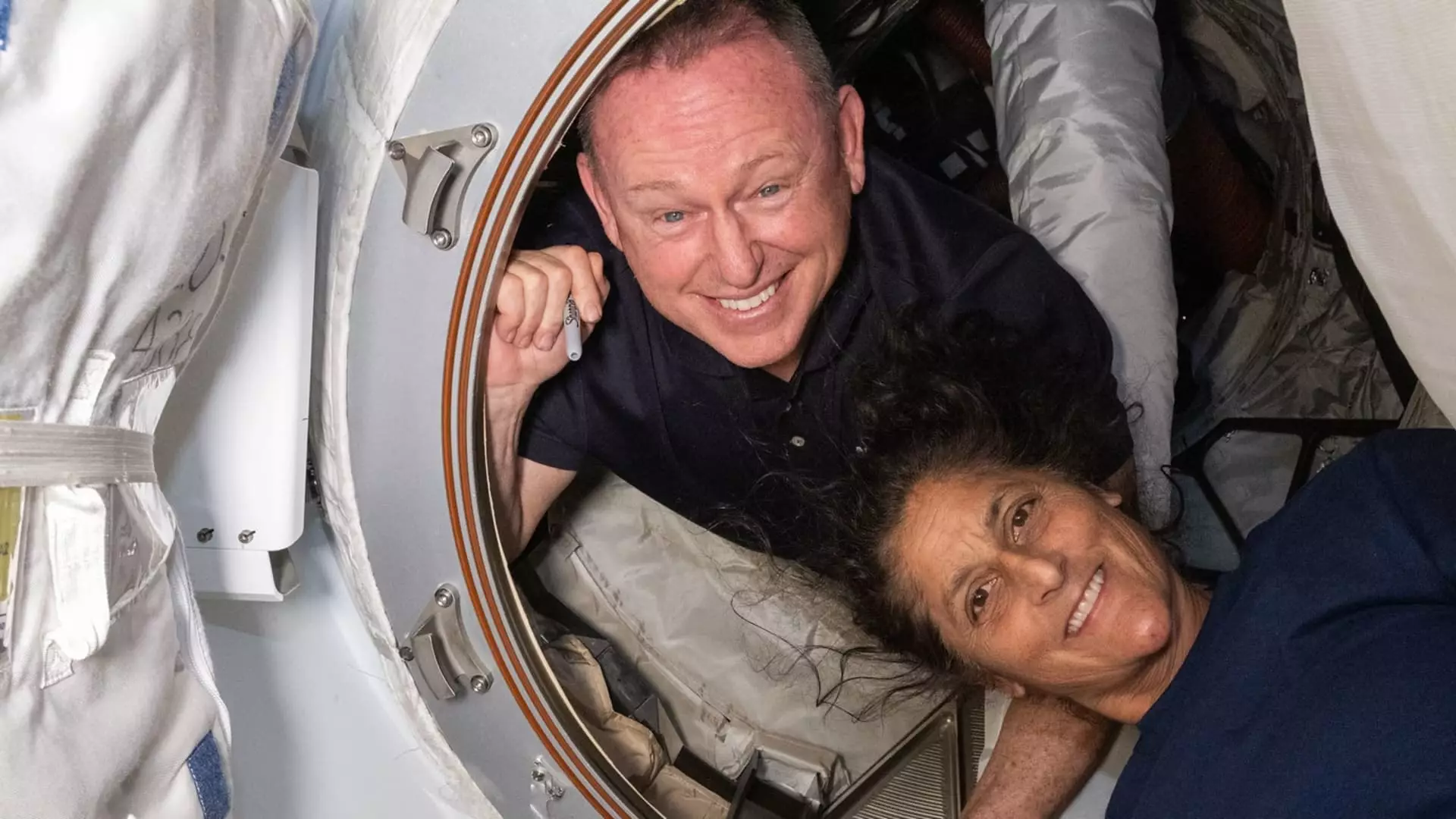Boeing’s Starliner capsule will be returning from the International Space Station (ISS) without the NASA astronauts it delivered in early June, as announced by the agency. This unexpected decision marks a significant shift in plans, with NASA astronauts Butch Wilmore and Suni Williams now set to return via SpaceX’s Dragon spacecraft. The upcoming mission is SpaceX’s ninth regular journey to the ISS and is scheduled to launch on September 24th. Wilmore and Williams will spend around six additional months at the ISS before returning to Earth in February aboard SpaceX’s Crew-9 vehicle.
The decision to bring back the Starliner capsule from the ISS without a crew represents a dramatic turn of events for NASA and Boeing. Initially, the capsule was seen as the primary choice for returning astronauts safely. However, the crew flight test encountered a range of issues, particularly with its propulsion system. This setback has raised concerns about the spacecraft’s readiness for crewed missions.
During a press conference at the Johnson Space Center, NASA Administrator Bill Nelson emphasized the importance of safety and understanding the root causes of the capsule’s problems. The decision to conduct further evaluations and assessments signals a commitment to ensuring the spacecraft’s reliability for future missions to the ISS. Both NASA and Boeing have been working diligently to address the technical issues that have plagued the Starliner capsule.
Despite the setbacks, NASA remains supportive of Boeing and their efforts to resolve the challenges with the Starliner capsule. The collaboration between the two organizations underscores the importance of open communication and problem-solving in the aerospace industry. Boeing’s commitment to addressing the technical discrepancies and improving the spacecraft’s design is crucial for maintaining trust and confidence in their capabilities.
The delays and setbacks experienced by the Starliner capsule have raised concerns about its future involvement in NASA’s Commercial Crew program. With significant losses already incurred by Boeing, the pressure is on to deliver a reliable and safe spacecraft for transporting astronauts to and from the ISS. The competition between Boeing and SpaceX in providing crew transportation services to the ISS adds another layer of complexity to the situation.
As Boeing and NASA navigate the challenges posed by the Starliner capsule’s setbacks, there are valuable lessons to be learned for future space missions. The importance of rigorous testing, thorough analysis, and effective problem-solving cannot be understated in the quest for safe and reliable space travel. The focus now is on regaining trust, addressing technical issues, and preparing for successful uncrewed returns from the ISS.
The future of Boeing’s Starliner capsule hinges on the ability of the company and NASA to overcome the obstacles that have emerged during the testing phase. By prioritizing safety, collaboration, and diligent problem-solving, both organizations can work together to ensure the spacecraft’s readiness for crewed missions to the International Space Station. The challenges faced by the Starliner capsule serve as a reminder of the complexities and risks involved in space exploration, underscoring the importance of thorough preparation and continuous improvement in the pursuit of human spaceflight.

Leave a Reply